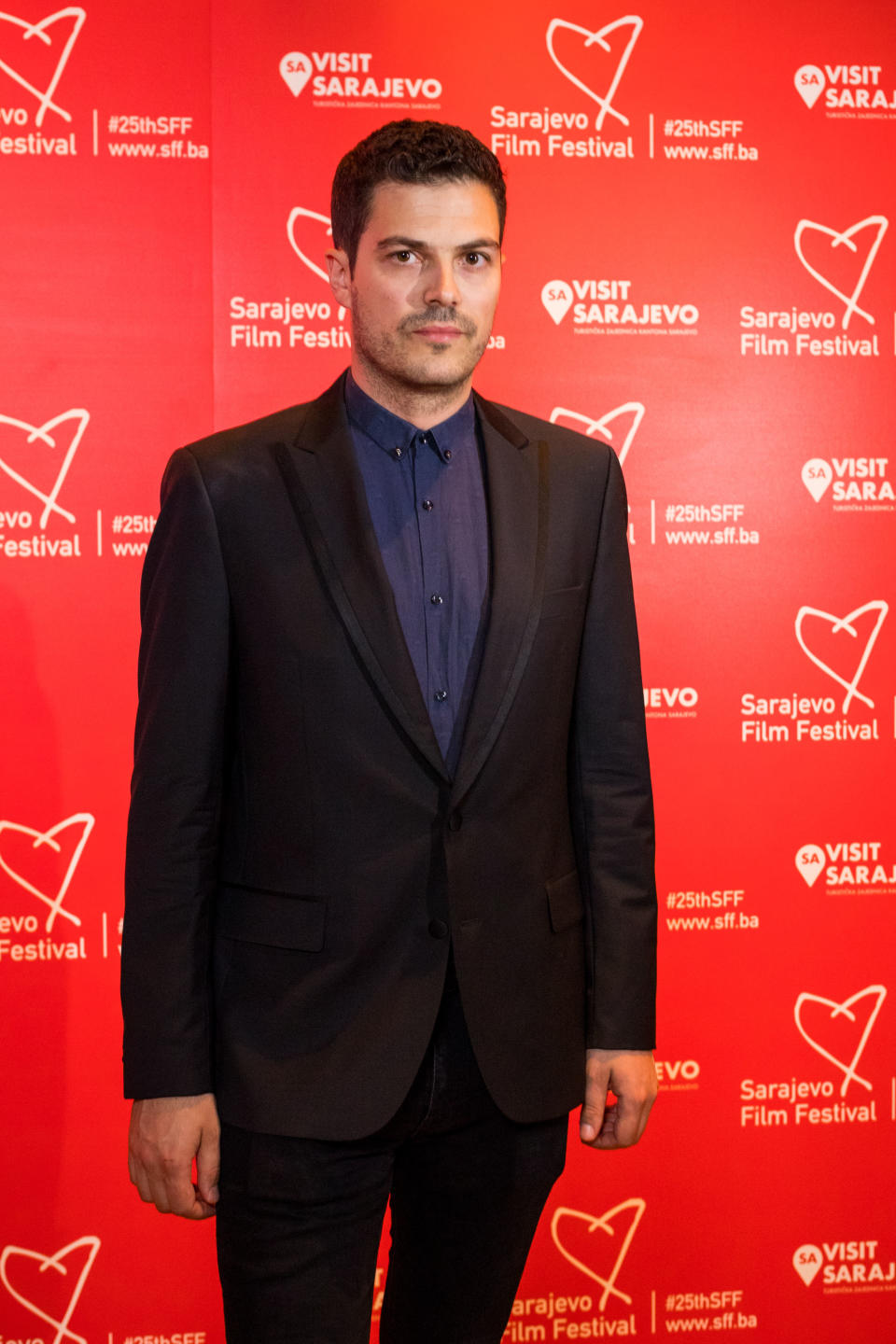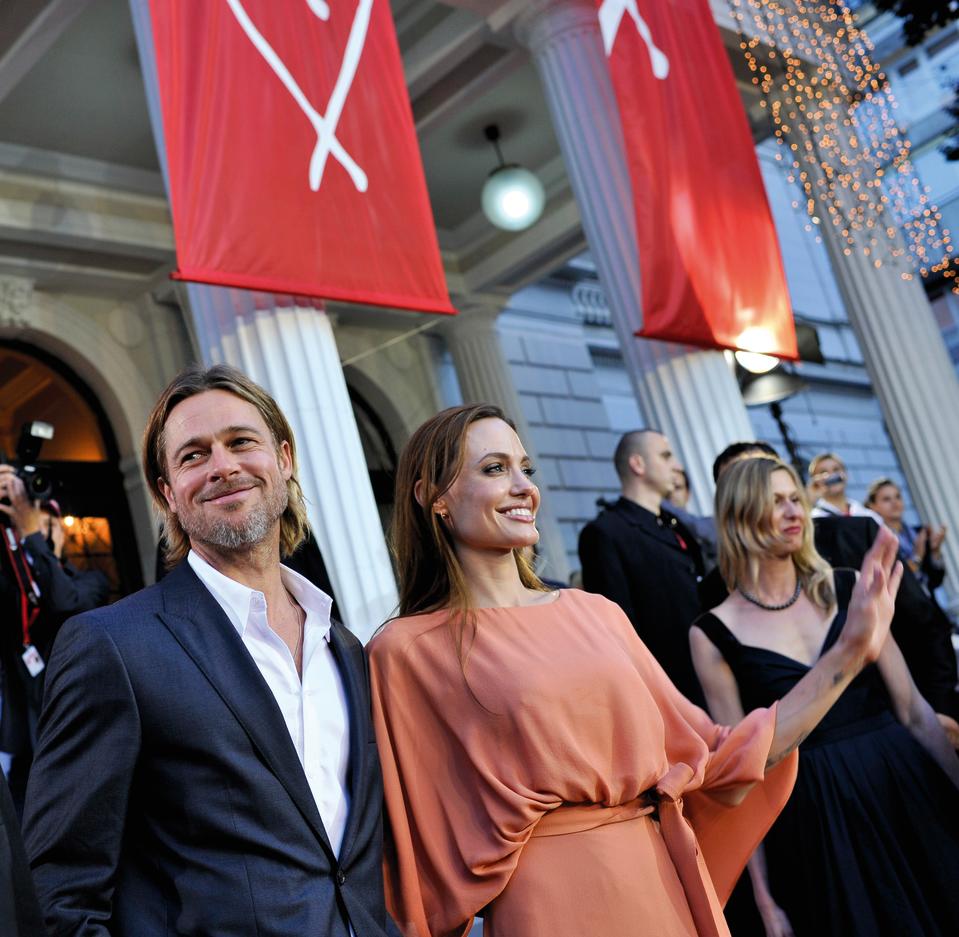Festival In Focus: How The Sarajevo Film Festival’s Dramatic Origins Have Shaped It Into A Dynamic Launching Pad For Regional Talent

If there was ever doubt about the resilience of the cultural sector during times of great turmoil, one only need look to the Sarajevo Film Festival to see how an industry can, quite literally, rise from the ashes. The festival began during the Bosnian War in 1995, in the midst of a near four-year siege on Sarajevo, which ravaged the capital. To this day, it remains the longest siege of a capital city in the history of modern warfare.
Sarajevo Film Festival’s aim was to reconstruct and rejuvenate a city and its inhabitants, a set of people who had been cut off from the rest of the world despite being at the forefront of many international news segments.
More from Deadline
Los Angeles On-Location Filming Continues To Rebound; FilmLA Says Second Quarter Was Best Since 2019
Kristin Chenoweth & Idina Menzel To Host 'Wicked In Concert' PBS Special; Full Cast Announced
“When the festival began, people were living with no electricity and food shortages, with thousands of rockets being fired downtown from the neighboring fields,” says Jovan Marjanović, Sarajevo’s long-time Head of Industry who Deadline can exclusively reveal is now co-director of the fest alongside founder and director Mirsad Purivatra. “However, culture was important and keeping this was a form of resistance at the time. During the first screenings, which actually began in 1993, entrance was the cost of one cigarette in lieu of a ticket.”

Sarajevo Film Festival
It’s these humble beginnings that make it even more remarkable that, in such a relatively short period of time, Sarajevo has become one of the leading and most interesting film festivals in Europe. With high-quality programming, a strong industry segment, an educational and networking platform for young filmmakers, the festival has successfully generated a solid international film industry that continues to attract top-level film talent and premieres from established directors across the globe. Past attendees to the Bosnian capital have included the likes of Brad Pitt, Benicio Del Toro, Alejandro González Iñárritu, Pawel Pawlikowski, Robert De Niro and Angelina Jolie to name a few.
“It started with an act of resistance but then kept developing as a real film festival that thought carefully about its audience and its filmmakers,” says Marjanović, who has been with the event since 1999, starting out as a technician and program coordinator. “Our manifesto then is still valid today in that the festival is first and foremost for the people of our city with an idea to support young filmmakers from the region while rebuilding an international film industry around it all.”
Emerging from some of the toughest conditions into a flourishing event that is the envy of many is no mean feat. Thankfully, says Marjanović, it’s been buoyed throughout the years with the support of international festival veterans, intellectuals, filmmakers and its local community. Marco Mueller, who was heading up the Locarno Film Festival at the time Sarajevo was emerging and former Edinburgh Film Festival chief Mark Cousins are just some of the “good friends” that Marjanović points to helping bring the first edition of the festival “through the enemy to the frontlines and to the city.”
Each year, more than 100,000 paying audience members attend the event, many pre-booking tickets before the program is even announced – a sure sign of a region that loves discovering cinema.

Sarajevo Film Festival
This year’s edition unfolds August 13-20, its usual slot in the summer calendar, nicely wedged in between Locarno and Venice. It will be a welcome return to the physical event that was moved online last year due to the Covid-19 pandemic.
The festival usually sees around 2,000 industry guests attend each year and, if you speak to anyone from the international film community who has attended, it’s a festival that is highly lauded and spoken of fondly. “When you think of Sarajevo, it might conjure up images of tragedy, but it’s a beautiful and resilient city and the festival is one of the most fantastic ones on the international circuit,” says one industry exec. Indeed, the Bosnian capital is nestled inside a valley surrounded by idyllic mountains. Main events at the festival are largely within a few streets walking distance, making it a manageable event for an industry delegate to come to for a few days to discover new projects from the region.
For this year’s edition, a total of 48 films will compete for its Heart of Sarajevo awards across its four competitive sections – Feature Film, Documentary Film, Short Film and Student Film. Of these films, 18 are world premieres and three international, including the world premiere of Not So Friendly Neighbourhood Affair, from Oscar-winning Bosnian helmer Danis Tanović. That film will screen in at the fest’s open-air screening on opening night while omnibus title Letters From The Ends Of The World, from film collective Bistrik 7, an international group of first-generation directors from Béla Tarr’s iconic Sarajevo Film Factory, will screen the same night as part of the Special Screening program. (The festival is also, for the first time this year, launching a new award category, dubbed the Heart of Sarajevo for TV series, to cover the emerging television drama sector in the region.)
While this year has a strong roster of premieres, it’s not something the festival feels precious about. The competition sections, explains Marjanović, are focused more on showcasing films and talent from the region rather than getting an exclusive premiere.

Sarajevo Film Festival
“Our idea here is to have the best films from Southeast Europe rather than being driven by premieres because we want to show what is, in our minds, the best cinematic voices coming out of the region,” he says. “Focusing on world premieres would limit our ability to showcase the best films in the region and if we were chasing them, it would collide with our mission, which is to be a platform for these projects. We want to put a spotlight on them and further their situation at wider festivals and other markets. This is why the story of the festival and the media attention it brings is great because we can use it to be a lighthouse for these great talents.”
Sarajevo takes great pride in nurturing young filmmaking talent from the ground up, and has created an ecosystem throughout the years that sees these first-time filmmakers that it has supported return to the festival again and again.
One example this year is Croatian helmer Antoneta Alamat Kusijanović, whose debut feature Murina won the Camera d’Or at the Cannes Film Festival. Alamat Kusijanović’s debut short Into The Blue won a Heart of Sarajevo Award for Best Short Film in 2017.
“We’re trying to create an ecosystem that really is a 360 degrees type of thing from beginning to end,” Marjanović says. “But it really has the filmmakers at its center and we try to follow their careers from the early days when they are in film school, to their entry level projects and their first big projects and so on.”
As part of former Yugoslavia, Bosnia boasted an abundant film heritage, but the war very nearly obliterated that. The Sarajevo Film Festival set out to be an event that would not only rebuild the industry but would reinforce ties with neighboring countries. One of the most important strands of its festival is its CineLink Industry Days program, which is the primary hub for professionals from Southeast Europe and has played a crucial role in expanding co-production opportunities in the region. This year, its CineLink Co-Production Market will present 10 works from the region in the development and financing stage. It’s popular TV strand, CineLink Drama, has been added in recent years to meet the demand for filmmakers from the region who were keen to start making high-end drama series, much like their global counterparts have in recent years.
“I think an integral part of the overall theme of the growth of the festival is to use [Cinelink] as a platform to plug into new trends,” says Marjanović. “It was essential that Sarajevo became a key meeting point for film industry people in the region to meet each other and the rest of Europe.”

Sarajevo Film Festival
Indeed, the industry platform has been integral in unifying voices from the region and projects such as Oscar-winning title Son of Saul from László Nemes, Oscar-nominated doc Honeyland from Tamara Kotevska and Ljubomir Stefanov and Berlinale Golden Bear winner Touch Me Not have all benefitted from the festival’s co-production market.
“A lot of filmmakers from not only the Balkan countries, but countries like Romania or Greece or Turkey have been united with key European co-production territories such as Germany and France,” he says. “But a lot of those filmmakers started working with each other within the region. There are countries that just a few years before were in a war with each other and then all of a sudden started co-producing. So, it wasn’t just a strategy for getting to the international markets or getting your film financed. There was also a reconciliation process going on and this is what we all feel is important. This was always a big part of where the festival stands as a symbol.”
Best of Deadline
Fox Fall Premiere Dates: 'Masked Singer', '9-1-1', Animation Domination, Three New Series & More
Broadway Returns: A Complete, Updated Roster Of Opening Dates, Venues And How To Buy Tickets
U.S. Covid-19 Update: More Transmissible Delta Variant Now 20% Of New Cases; Kids Most At Risk
Sign up for Deadline's Newsletter. For the latest news, follow us on Facebook, Twitter, and Instagram.

 Yahoo Movies
Yahoo Movies 
